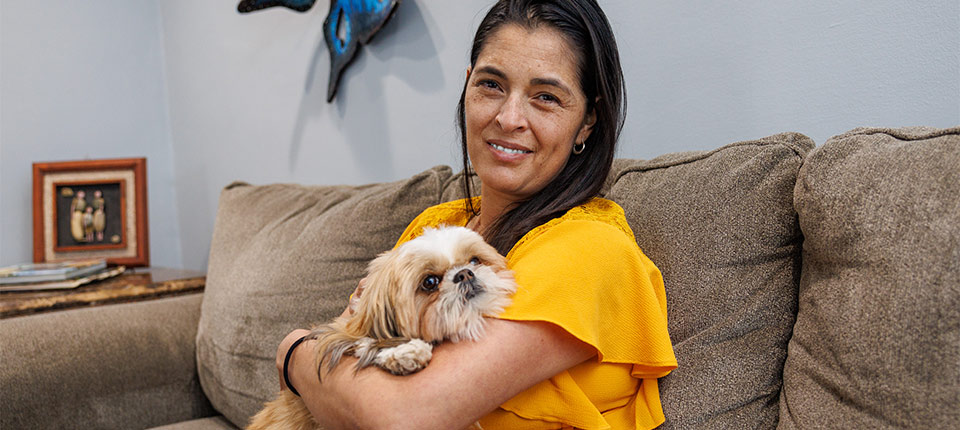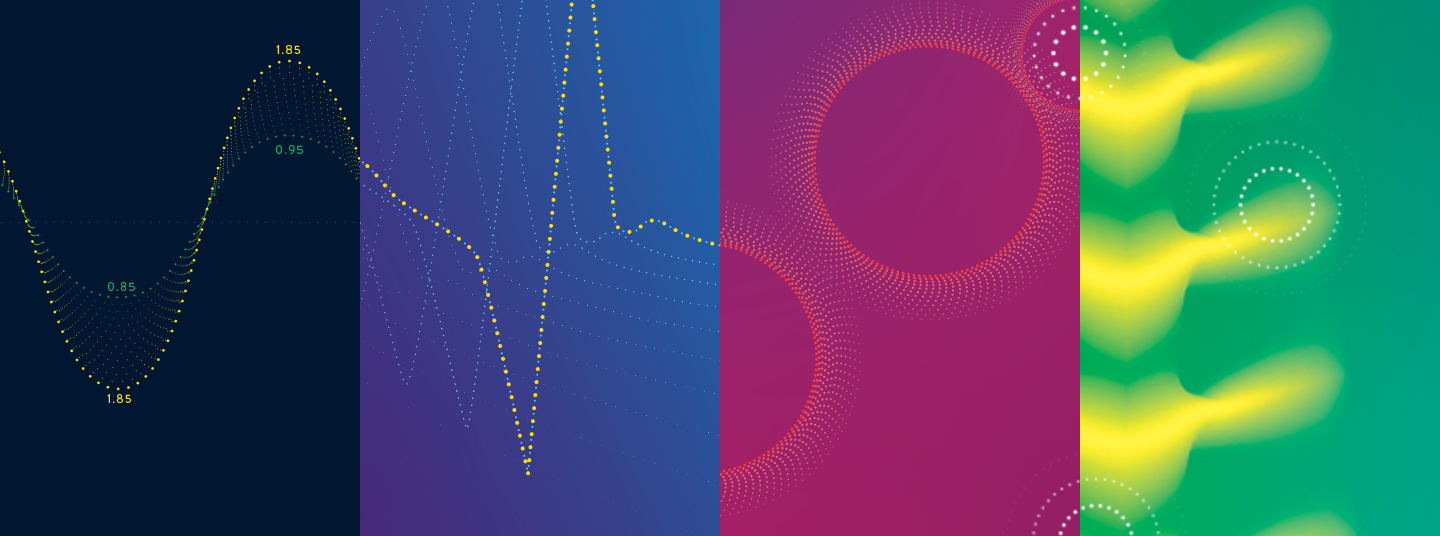You may have never heard the product names that are at the literal heart of Abbott’s pediatric cardiology mission:
15mm Masters HP heart valve, Amplatzer Piccolo Occluder, HeartMate 3 left ventricular assist device (LVAD).
That’s not too surprising.
The names don’t dance across the tongue or page. They treat serious conditions that no one wants to think about — unless they have no other choice.
And the names of the people behind these technologies that protect and strengthen the littlest hearts are not ones we see often.
But maybe we should.
Because it’s the huge brains — and even bigger hearts — of the people behind these engineering marvels that make the difference.
“When you go into a hospital and see a baby who requires this technology, you forget about budgets you need to finish or the logistics of a test,” said Mike Meyer, director, research and development (R&D), Abbott’s Structural Heart business. “You can’t help but think that this child could be yours.”
The first thing one learns about these engineers/scientists is that those huge spirits prevent them from taking any kind of individual credit. They are all part of dedicated teams who work together to solve big problems for small patients and while they can speak on behalf of their development teams, they still prefer the teams’ work speaks for them all.
The Importance of Elegance
And one of the words that is spoken is “elegant.”
It’s how Chad Green, director, R&D, cardiac surgery for Abbott’s Structural Heart business describes the technology behind the small 15 mm Masters heart valve, a distant cry from the immense radar and communication systems for submarines and aircraft carriers he worked on previously.
“The heart valve has few parts and does the job it’s designed to do with no additional complexity, because the more elegant the design, the fewer things that can go wrong,” said Green.
“Everything we do is in the service of efficacy and safety. It needs to be durable and interact with blood in a gentle way that adapts to each individual patient who receives it and each individual physician who places it.”
The individuals that inspire and inform that work include Green’s own daughters, born 26 and 19 years ago. In parenting terms: yesterday.
“I remember those births and thinking how vulnerable they were. Working on a device specifically designed for children takes the work to another level,” said Green.
“Going to work every day thinking my work will help people is great. Knowing it will help children makes it that much better.”










FOLLOW ABBOTT